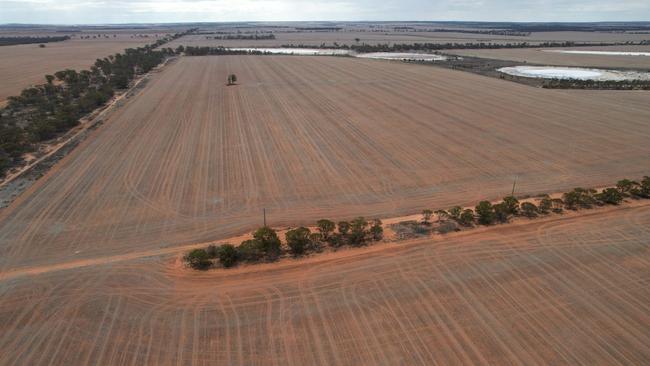WA cropping farms sold for more than $18 million
More than 18,000 hectares of cropping farmland in the eastern wheatbelt of WA have been offloaded by a Perth-based corporate investor.

More than 18,000 hectares of cropping farmland in the eastern wheatbelt of Western Australia have been offloaded by a Perth-based corporate agricultural investor in a recent transaction.
PenAgri has offloaded the 18,161-hectare Moorine Rock-Bullfinch Aggregation, located about 25km northwest of Southern Cross, divesting the farms formerly owned by Western Australia’s wheat king, John Nicoletti.
It is understood a corporate buyer has acquired the aggregation as a whole, paying more than $18.7 million for the aggregation.
It is also understood the Moorine Rock-Bullfinch Aggregation will be used for carbon sequestration pursuits alongside agricultural production.
The Moorine Rock-Bullfinch Aggregation comprises three non-contiguous hubs near South Yilgarn, producing large-scale cropping of oilseeds, legumes and grains as well as a sheep enterprise.
Within the portfolio 5340 hectares of the 6500-hectare Moorine Rock Farms is considered arable on well-drained medium to heavy sandy loams with some yellow sandplain soils.
About 3552 hectares of the 4150-hectare Marafioti Farm are arable medium to heavy sandy loams, salmon gum, York gum and some gimlet soils.
Meanwhile 6899 hectares of the 7510-hectare Bullfinch Farm are arable on mostly heavy sandy loams with yellow sandplain in areas.
Ray White Rural WA selling agent Simon Wilding handled the sale of the Moorine Rock-Bullfinch Aggregation, but was unable to disclose the buyer or the price paid.
The cropping aggregation last changed hands in 2015 when Mr Nicoletti sold the 68,000-hectare Nicoletti Group portfolio, considered one of Australia’s largest cropping properties.
At the time the transaction included the Moorine Rock and Bullfinch Aggregations as well as the 21,948-hectare Walgoolan Aggregation and 27,538-hectare Daisy Downs property.
Last year Daisy Downs was sold by PenAgri in a deal with BP’s Australian carbon farming entity, Low Carbon Australia, who paid $23 million for the aggregation.
Comprising strong red loam soils, Daisy Downs was used mostly for cropping with the non-arable portion suitable for a carbon project.





